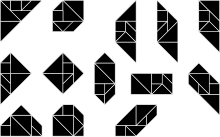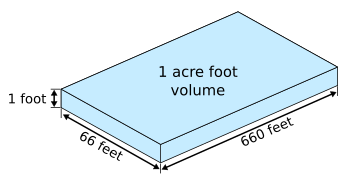In my practices stage I
implemented an intervention
proposal about the measurement. For carrying out it I planned several
activities on units of measure, using measurement tools, ICT resources…
Pupils who developed it were in the 4º
year of Primary (9-10 years old).
I started with an initial evaluation to verify what they remembered on the
length and the capacity. Later, I introduced the contents through different
questions like “if we move towards the left, do we multiply or divide?”
 I did a
crossword and an alphabet soup. The crossword consisted of ten questions, two were
to write the principal units of measure of length and capacity, and the rest
were a series of operations that they had to answer in its respective numbers
and boxes. Every number had a phrase and there was a missing word (the words
that were missing were units of measure). They had to do the calculation, which
was in the phrase, to find the unit of measure . The alphabet soup was easier. Learners had to look for units of measure in it. When they find six
units of measure that exists in the soup, they related every unit to the
object, element or living being that they thought.
I did a
crossword and an alphabet soup. The crossword consisted of ten questions, two were
to write the principal units of measure of length and capacity, and the rest
were a series of operations that they had to answer in its respective numbers
and boxes. Every number had a phrase and there was a missing word (the words
that were missing were units of measure). They had to do the calculation, which
was in the phrase, to find the unit of measure . The alphabet soup was easier. Learners had to look for units of measure in it. When they find six
units of measure that exists in the soup, they related every unit to the
object, element or living being that they thought.
Regarding
measurement tools, students worked with the measuring tape. In pairs, they chose
what object they were going to measure. Later, they measured that object and
took notes about how many centimeters it had. Finally, they had to represent that
information with another unit of measure. In this way, their relevance is higher
because they must be who obtain the information of the activity, analyze it and
operate with that information. It is not like in a textbook, where they only
have to do calculations. The aim is that
they improve their cooperative skills and that they see the whole process of
the information: from its extraction up to its analysis and manipulation to
obtain results.
 Finally, the
ICT resources were games on the Internet and Plickers. On the Internet pupils
had to prove what unit of measure was most adapted for the object or living being
that appeared on the screen. The final day of the intervention I used the app Plickers
to review what they learned during the intervention. In pairs, they debated
together and gave a response to every question between the options that I provided
them. As we can observe in the image, they were questions that they knew.
There were both of easy and difficult questions.
Finally, the
ICT resources were games on the Internet and Plickers. On the Internet pupils
had to prove what unit of measure was most adapted for the object or living being
that appeared on the screen. The final day of the intervention I used the app Plickers
to review what they learned during the intervention. In pairs, they debated
together and gave a response to every question between the options that I provided
them. As we can observe in the image, they were questions that they knew.
There were both of easy and difficult questions. The main goals I pretended were bosting their cooperative skills, their mathematical competence in these contents and their individual concentration. The results were very successful for me, I was so proud of the learners’ engagement and how every activity was carried out without big problems.









